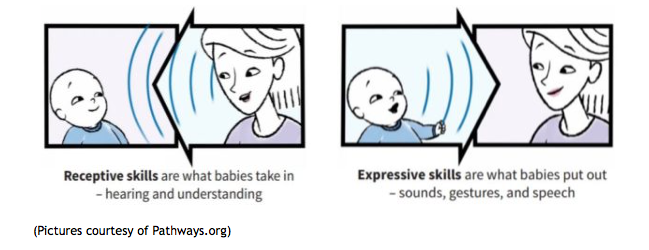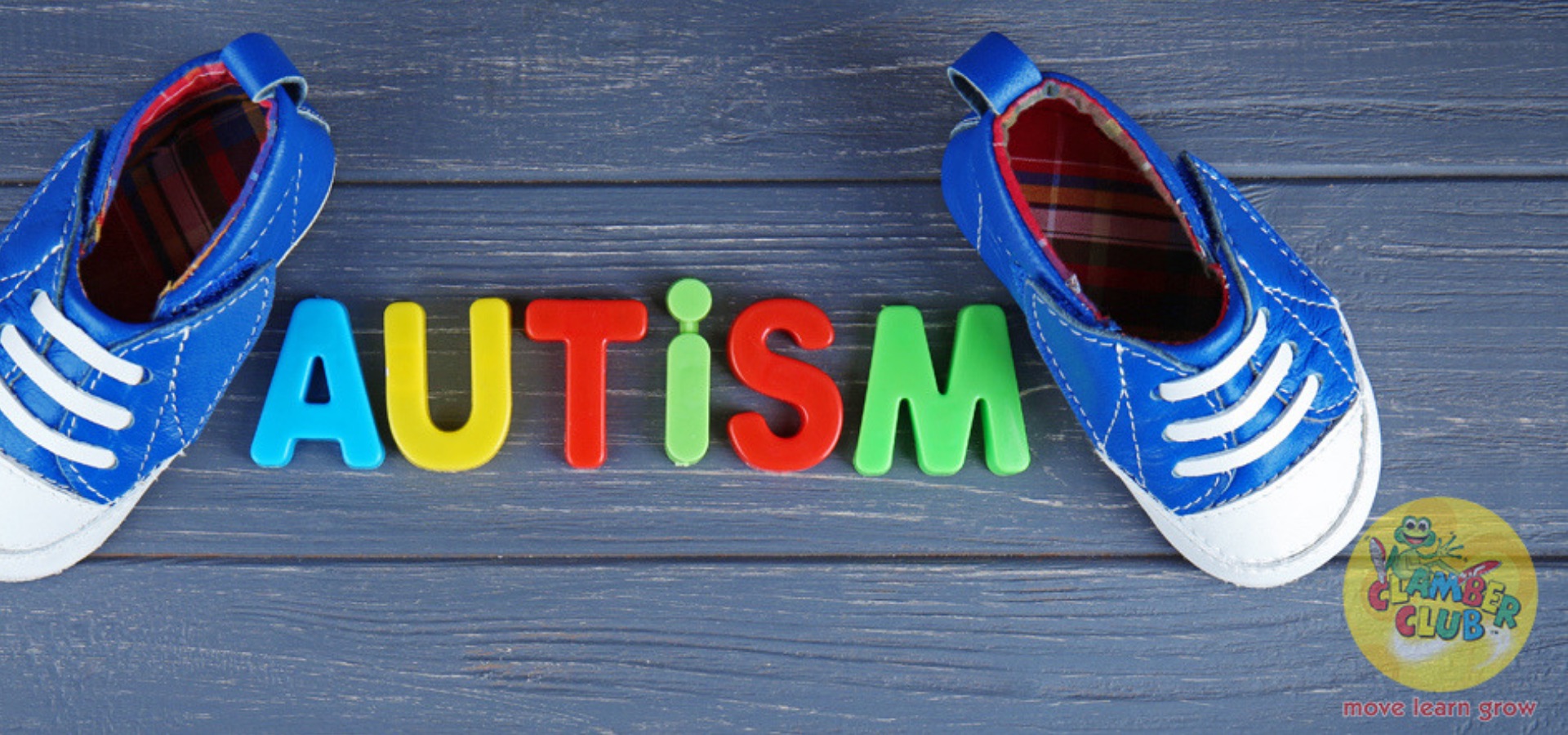One minute they are crying, the next they are conversing!
Communication development begins at birth. From the time your precious newborn gives their first cry, they start learning all about language, communication, and connecting with the world around them. Babies have “conversations” through their cries, facial expressions and body language long before the arrival of their first words. The development of language takes place through the encouraging and loving interactions young children have with the people in their lives. It is through responsive and repetitive processes that young children learn how to communicate.
Why do baby’s communication abilities matter?
Communication skills that are learnt in the first year of life are what set the bar for success in many learning areas. Communication development is directly linked to the development of reading, writing (spelling) as well as building social skills and forming relationships later on in life.
Language skills are divided into three main areas – RECEPTIVE LANGUAGE, EXPRESSIVE LANGUAGE, and PRAGMATIC LANGUAGE. Development of all areas is vital for effective communication, and begins developing after birth.
Receptive communication involves the ability to receive and understand information. Listening and reading fall into this category.
Expressive communication is the ability to convey a message to another person. Speaking and writing fall into this category. Expressive skills are more difficult to develop than receptive skills.
Pragmatic communication refers to social language abilities or the “rules” of language. These are vital for communicating our personal thoughts, feelings and ideas. It includes what we say, how we say it, our body language and whether the communication interaction is appropriate to the given situation.

Language Acquisition Guidelines
By Maureen Wilson (Speech Language Pathologist)
| Age | Receptive | Expressive | Pragmatic |
| 0-3 months | Moves in response to sound or voice | Shows interest in caregiver Briefly looks at people Quiets in response to sound Excites when caregiver approaches Smiles and coos Quiets when picked up | |
| 3-6 months | Fixes gaze on face Responds to name Vocalizes to expressions and sounds | ||
| 6 months | Enjoys being played with Initiates vocalizing with another person | ||
| 7 months | Responds to name Responds to ‘no’ most of the time Listens when caregiver is speaking to them | Uses hands to request | Different vocalizations for different moods Anticipates actions |
| 9 months | Babbles Vocalizes to toys or pets | Dances to music Intentional two way communication Recognizes familiar people Makes physical contact to gain attention Shouts to attract attention | |
| 10 months | Plays peek-a-boo Points to request Shakes head ‘no’ Waves ‘bye’ when cued | ||
| 11 months | Recognizes familiar people and objects when named Looks at named pictures or objects | Pushes and pulls others to direct them Reaches to request object | |
| 12 months | Identifies two body parts when asked Gives objects upon request | Imitates words to best of ability Uses 5-10 words (typically names and preferred objects) | Alters behaviour based on others reactions Vocalizes to respond |
| 14-18 months | Follows 1-step instructions without cue | Uses gesture + word combinations Uses exclamations – ‘uh oh’ | Uses ‘Hi’ and ‘Bye’ Can roll toy back and forth Points to desired objects Comments Protests Acknowledges speakers with eye contact / response |
| 18 months | Nod/shakes head for yes/no Identifies 3 body parts on self or doll when asked Understands IN and ON | Vocabulary at least 50-100 words (50% nouns) Words are understood outside of routine activities Names familiar objects on request |
How can I help?
Communication skills can be stimulated and elicited from birth. It is so important to provide opportunities for your babies to “talk” to you from birth. Conversations with your baby might feel very one sided initially but your baby will still try to join in! You can encourage communication development by smiling, talking, playing, and reading with your baby. It will help them develop the communication skills needed to build meaningful relationships and succeed in school.
- Use a high-pitched, sing-song voice. This helps get and keep your baby’s attention while you talk.
- Play with sounds. Get silly while playing and make sounds that connect with what your child is doing.
- Use facial expressions and gestures to communicate the meaning of words.
- Describe your actions throughout the day while performing daily routines such as changing nappies, dressing, feeding, and bathing your child. Pairing the same words with routine activities is a great way to develop language. E.g. “I am changing your nappy, this wet wipe might be cold!”
- Describe the objects your child walks by when walking around the house / shop / outside.
- Encourage two-way communication. When your child communicates with you using sounds, words, or gestures, be sure to respond and take turns in the “conversation”.
- Read with your child. “Reading” can simply mean describing pictures without following the written words. Choose books with large, colorful pictures, and encourage your child to point to and name familiar objects.
- Expand your child’s vocabulary by building on the words they already know. For example if your child says “dog” you could say “Yes, that’s a big brown dog!”
- Reword your child’s phrases. If your child makes a speech or language error, respond with the phrase in the correct form. This helps them learn proper pronunciation and grammar. For example, if your child says “Doggy big” you can respond with “Yes, the doggy is big”.
- Remember to respect your child’s need to disengage when they become tired. Observe and end the conversation when they let you know it’s time to move on to something else.
When should I worry?
It is important to remember that language development occurs at different rates and all children develop at their own pace. Guidelines are there to show you the averages, when these skills should be present and observable, but do not have to be necessarily mastered. Having a general guideline for milestone development can help to determine whether there is a language delay present.
Often, parents want to “wait and see” how things turn out. However, if there is a language delay present, early intervention is the most ideal form of intervention. Early intervention can change a child’s developmental trajectory and improves outcomes for both the child and the family. If you are concerned your child is not developing language skills age-appropriately, a Speech-Language Therapist can conduct an assessment and provide you with strategies to help.
- Dangerous Decibels, Noise induced hearing loss in children - June 14, 2019
- Listening to Learn - April 17, 2019
- Listen Up! What’s the big deal with childhood hearing loss? - February 8, 2019





